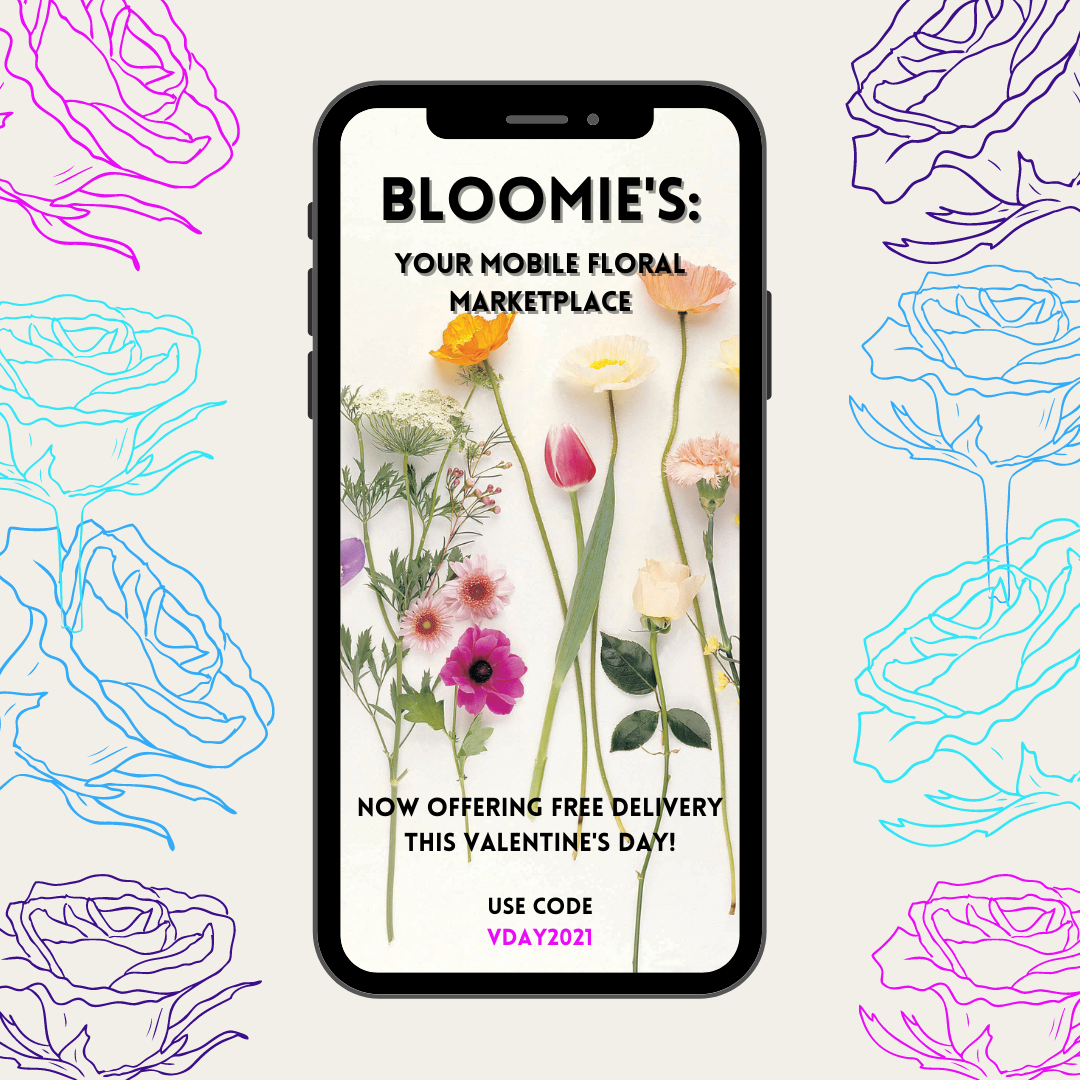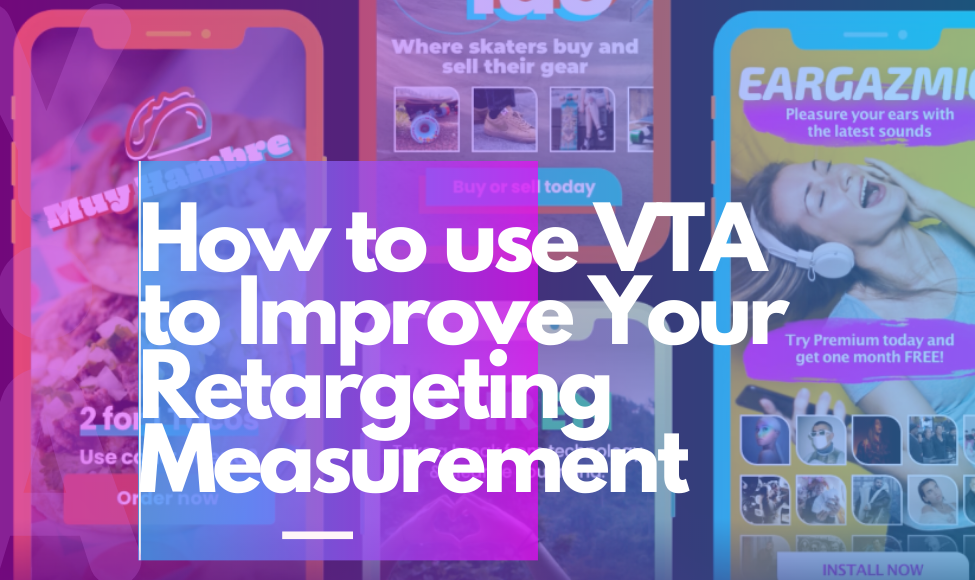What is View Through Attribution (VTA) and how can it help you with your retargeting strategy? We cover the basics in this blog post, including the value of VTA and how it can help you more accurately measure your retargeting campaigns.
What is VTA?
View-Through Attribution (VTA) is a measurement model that allows marketers to credit installs to users who have been exposed to an ad and converted without actually clicking on it. In other words, it measures how many people saw an ad (i.e. impressions) and then converted as a result.
Some Review on Attribution
To review, the two most common attribution models are: view through attribution (VTA) and click through attribution (CTA).
In VTA, your retargeting campaign takes credit for a conversion if an ad shows up on the same page a user is on. The model assumes the user “sees” the ad and then makes a purchase because of that.
On the other hand, click-through attribution (CTA) credits a conversion to an ad only when someone purchases after clicking on the ad.
A Real World Example: VTA vs. CTA

Suppose you have a floral delivery app and develop a seasonal ad campaign for Valentine’s Day deliveries. You place your ads across paid channels and they generate 10,000 impressions over the course of a week. Within this seven-day window, 250 people make orders for flower deliveries. Each of these people saw the ad at least once during the week-long campaign. But, none of them clicked on the ad.
In VTA, to credit an ad impression for an order, both the ad impression and order must happen within a certain time frame. If Jack saw an ad for your flower delivery app today, but downloaded it and made a first purchase a year from now, you wouldn’t count his purchase within your campaign attribution window. But if Jack purchased within your week window, you could reasonably say that your ads had an impact on his purchasing decision.
Using the same example under a CTA model, if Jack makes a flower order from clicking on one of your ads, then the ad he clicked on would receive credit for the sale. All of the other ad impressions Jack may have seen would not. In fact, under a cost-per-click (CPC) pricing model, those other impressions would be free.
Why VTA is Important
CTA attribution offers a more straightforward indicator of engagement: when a user clicks on an ad, it’s clear they have intent-to-purchase because they took a direct action (i.e. clicking on the ad).
On the other hand, VTA makes the case that the user journey today has more touch points than ever before. People don’t engage with brands only once through a website. Today, consumers interact with brands in roundabout ways via social media, mobile apps, and other on-and-offline channels. A user might see an ad for flower deliveries on an app and then only go to make an order a day later when they’re at their desk, checking off their to-do list for the week.
There’s also something to be said for today’s digital consumer, who is so used to being bombarded by ads that they rarely click on them. Instead, they register those ads either consciously or subconsciously, mentally filing away the information for later use.
Finally, some publishers are better at generating installs through impressions while others are better at generating them through clicks. Allocating budget based solely on CTA could miss out on good publishers that optimize best on impressions.
When it comes to retargeting campaigns, VTA can be a valuable way to attribute the re-engagement of your app to retargeted ads while also taking into consideration other marketing initiatives, your brand awareness and the strength of your creatives.
VTA vs CTA Attribution Windows
An attribution window is a determined period of time during which an install or event can be credited to a specific impression or click generated by a specific user. At the moment, the industry standard for attribution windows is 24 hours for VTA and 7 days for CTA. VTA works with a shorter attribution window because the industry attributes more “intent” to clicks than impressions.
That said, these windows shouldn’t be considered one-size-fits-all. In fact, the aspects we mentioned prior -- that is, offline marketing initiatives, brand awareness and creatives -- can and should be considered when deciding the length of your attribution window for specific campaigns. Attribution windows shouldn’t be too short; to avoid leaving paid efforts uncredited. And attribution windows shouldn’t be too long; to prevent the cannibalization of your organic efforts.
Creatively Crafting Your VTA Attribution Window
Different ad creatives should impact the length of your VTA attribution window. For example, the drop-off in view-through conversions for video ads within an attribution window would likely be more gradual than for static interstitial ads. This makes logical sense as video ads better engage users.
Using a creative agency like Craftsman+ to craft high quality creatives can enhance your VTA measurement by extending the length of your attribution window. When launching high quality creatives or formats for specific campaigns, consider extending the length of your attribution window. This is because these interactive ad formats can lead to higher brand lift and recall, affecting your long-term retargeting efforts.
Takeaways
- In VTA, your retargeting campaign takes credit for a conversion if an ad shows up on the same page a user is on. The model assumes the user “sees” the ad and then makes a purchase because of that.
- VTA can be a valuable way to attribute the re-engagement of your app to retargeted ads while also taking into consideration other marketing initiatives, your brand awareness and the strength of your creatives.
- The industry standard for attribution windows is 24 hours.
- Your VTA attribution window shouldn’t be too short, to avoid leaving paid efforts uncredited. It also shouldn’t be too long, to prevent the cannibalization of your organic efforts.
- When launching high quality creatives or formats for specific campaigns, consider extending the length of your attribution window. This is because these interactive ad formats can lead to higher brand lift and recall, affecting your long-term retargeting efforts.

